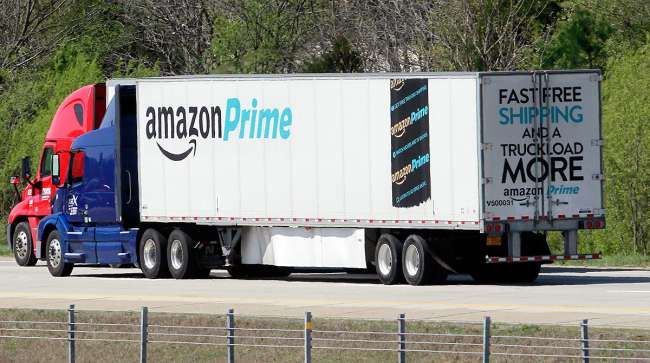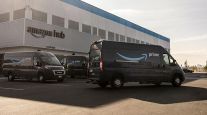Senior Reporter
Amazon Cites Reduced Carbon Output in New Delivery Option

Amazon Prime customers across the United States now can pick which day of the week they want to receive their packages. By offering the option of a specific day for delivery, the Seattle-based retail giant says this will cut its carbon footprint, reduce packaging since the items likely will arrive in fewer boxes, and make shipping more predictable.
Amazon Day, as it is called, was tested beginning last November as an invite-only program. It was rolled out for all its Amazon Prime customers at the end of February.
Introducing #AmazonDay – a new delivery program that brings even more convenience to Prime members, while reducing packaging and contributing to our vision of making Amazon shipments net zero carbon. Learn more at https://t.co/H6Yu2YQ4PF pic.twitter.com/HWNOUohaED — Amazon News (@amazonnews) February 28, 2019
“We’ve been testing this program with a group of Prime members, and Amazon Day already has reduced packaging by tens of thousands of boxes — a number that will only continue to grow now that the program is available to Prime members nationwide,” Maria Renz, vice president of delivery experience, said in a statement.
Amazon said the program is one of its sustainability initiatives to achieve Shipment Zero, the company’s vision to make all Amazon shipments net zero carbon, with 50% of shipments net zero by 2030.
Customers can order items throughout the week, up to two days before the delivery date, and have them arrive on a selected day.
“Consumers are definitely talking about corporate social responsibility and increasingly this is about green practices,” Senior Research Analyst Mike Olson with Piper Jaffray told Transport Topics.
Olson, a consumer technology and e-commerce expert, believes consumers and Amazon will benefit from this decision.
“This may be a win-win-win and more favorable for the environment,” he said. “It may be cheaper or less expensive for Amazon from a shipping standpoint to batch some of these shipments together. And it may be even more convenient for the consumer who may not want a new package coming every day.”
It also will impact Amazon’s bottom line. While the world’s second-largest retailer, behind Walmart Inc., posted fourth-quarter 2018 revenue of $72.4 billion, up 20% from the same period in 2017, the program could help lower the company’s massive shipping bill.
RELATED: Amazon to Disclose More Details on Environmental Impact
In the fourth quarter, shipping costs rose 23% to $9 billion.
“Just because, when I go to Amazon Prime, it gives me the next-day delivery, maybe I don’t need that item for a certain time,” Rajeev Dhawan, director of economic forecasting at Georgia State University in Atlanta, told TT.
The high cost of shipping is one reason why analysts said Amazon in 2018 increased the cost of its Prime membership from $99 to $119 a year.
The number of people shopping online and the amount of money being spent is skyrocketing. The Census Bureau said 2018 third-quarter U.S. e-commerce adjusted sales were nearly $131 billion, a 14.5% increase from the same period in 2017.
Since 2009, through the midpoint of 2018, online sales have jumped from less than 4% of the retail marketplace to 10%, and experts say that number is expected to increase.
Besides reducing emissions and breaking down fewer boxes, there may be another consumer benefit.
While Amazon does not release figures on theft-related losses, the National Retail Federation said theft, fraud and other errors cost the industry nearly $47 billion in 2017.
If you live in an area where package theft is an issue, you can schedule your delivery for a day when you are working from home or have the day off.
“If people do it that way, the person will be there to receive it. So if it reduces the theft, [Amazon] will save on that,” Dhawan said. “I like the idea because it makes you feel good at heart and at the same time it also lets them save money.”




